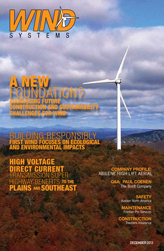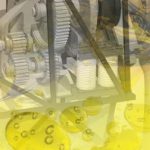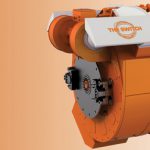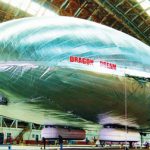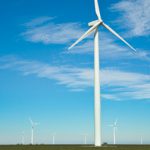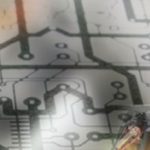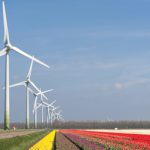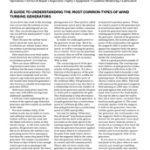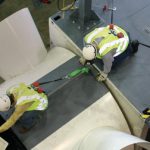When it comes to identifying risk exposures on wind farms, owners and operators should not fall victim to tunnel vision and focus only on the turbines. While turbines do present risk exposures, they’re just the tip of the iceberg. From determining the right location where to build a wind farm to managing the actual construction process, there are overlooked risks at every turn.
These parties can manage and prepare for these risk exposures by working closely with an informed risk management professional. Engaging an insurance agent or broker with specific and extensive experience in wind energy risks may help minimize and manage the risks associated with building and operating a wind farm. Doing so may even help secure optimal financing for a project.
Location, Location, Location
From fields in Kansas to the shores of the North Atlantic, location is paramount to a wind farm’s success. When selecting a site location, owners and operators need to take more into consideration than wind resources. The topography of the site to be developed may have a significant influence on the types of risks that may impact the wind farm’s operations.
Many developers, for example, fail to research whether the plot of land they have selected is prone to flooding. This raises the potential for equipment damage, generation interruption, and safety hazards. Beyond advising building on higher ground whenever possible, a risk manager should be able to suggest preventive measures that could be taken by the developer. Examples of such advice may include: creating a levee around the farm’s substation; having a contingency plan in place to handle rising water; and noting where flood plains intersect access roads to provide contingencies in the event of washouts.
Careful Contracting
Once a suitable location has been determined and construction begins, additional risks come into play. These risks may range from selecting third party logistics providers to preventing work site theft, and should be considered while wind farms are being built.
For example, the substation for a wind farm could be built by any contractor with substation experience. However, if the contractor specializes in wind farm substations, he will have a better understanding of how all the elements work together for the best possible power output. Careful contracting matters, and finding expert, specialized contractors can be the difference between simply getting the work done and getting it done properly, leading to long-term success. Risk management professionals with wind farm experience can be a reliable resource for references. Their history working with wind farm builders puts them in a position to recommend the specialized help when needed.
Additionally, Builders’ Risk insurance helps guard against the many issues that could arise during construction, such as material transport issues or theft, which could potentially put the project on hold. Coverage typically includes an extensive definition of covered property, automatic soft costs coverage with an option to tailor it to the specific project, multiple additional coverage extensions specific to wind farm construction, equipment breakdown coverage, and replacement cost valuation.
Monitoring for Maintenance
Once a project is complete, the operator’s risk concerns turn to proper equipment operation and preventing breakdowns. Put simply, downtime for a wind farm means lost revenue.
From turbines to substation components to company vehicles, there are a variety of materials that require regular maintenance. A thoughtful wind farm operator does not rely solely on warranties, but also implements proactive maintenance measures. Scheduling diagnostic tests as part of a regular maintenance program allows owners to troubleshoot areas that are prone to malfunction. Battery load tests, oil and vibration analyses, and borescope inspections can expose early indicators of potential problems. Technology allows operators to prevent major malfunctions while also performing their critical maintenance during downtimes.
On the Ground
A reliable wind source is not the only thing that keeps a wind farm running. Employees are the backbone of the day-to-day operations of any successful wind farm. However, they also present business risk exposures, from basic slips-trips-and-falls to more serious electrical burns and shocks when coming in contact with energized circuits. Additionally, if a wind farm has vehicles on site to travel between turbines, those vehicles also present a business risk exposure. Wind farm operators should work with their insurance representative to ensure they are adequately insured against these and other types of risks specific to their wind locations.
Similarly, if a wind farm operator hires out work to subcontractors or maintenance providers, the wind farm operator should consider having its contracts with those subcontractors or maintenance providers reviewed by an attorney to ensure that the operator is protected in the event of a claim arising out of the subcontractor’s or maintenance provider’s work.



















